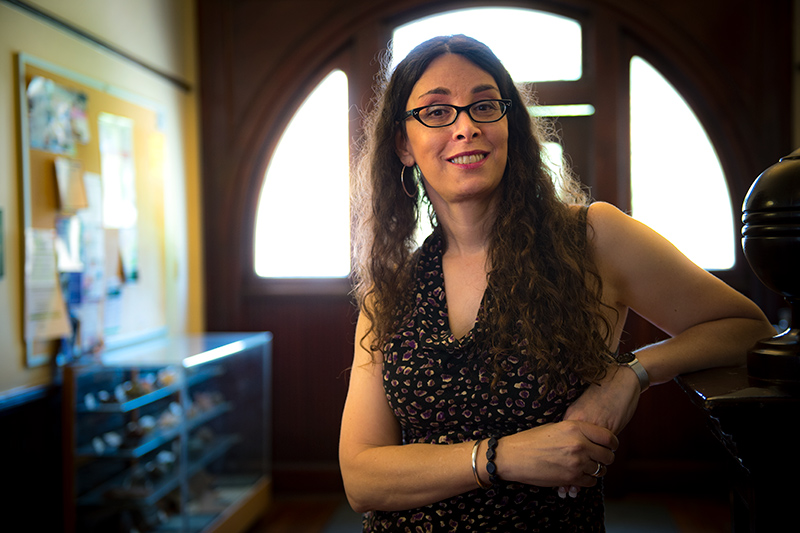In 2013, residents of Cow Island, located in the southwestern Louisiana parish of Vermilion, successfully sued a pharmaceutical company to pay $5 million for cleanup of arsenic-contaminated soil and water.
The suit, which stemmed from a local priest’s battle with cancer, claimed that the arsenic came from insecticides in cattle dip tanks, which were used for much of the 20th century to eradicate a deadly cattle disease known as Texas tick fever.
But a new Tulane University study, published in the geochemistry journal Geochimica et Cosmochimica Acta, raises serious doubts as to whether the arsenic can in fact be traced to the tanks.
The study by a team of geochemists and hydrogeologists led by Karen Johannesson, the Cochran Family Professor in Earth and Environmental Sciences at Tulane, says elevated concentrations of arsenic in groundwater from the upper Chicot aquifer in Cow Island is “almost certainly geogenic.”
“This means that arsenic is naturally occurring and concentrated in the groundwater by natural processes,” Johannesson said.
Evidence includes the close association between arsenic and iron oxide minerals, a source of arsenic, in the aquifer, the spatial correspondence between dissolved arsenic and iron in the groundwater and the 8-to-10-meter thick surface confining clay, which acts as a barrier of downward transport of surface sources of arsenic, such as cattle dip tanks.
Additionally, researchers implemented a biogeochemical model that reveals arsenic mobilization into the groundwater can be explained by microbial metabolic processes that couple degradation of organic carbon to dissolution of iron oxide minerals containing arsenic.
Arsenic is the most common, naturally occurring carcinogen found in the environment, and long-term human consumption of groundwater with elevated concentrations of arsenic is known to cause increased risk of cancer as well as a higher rate of infant mortality and reduced intellectual and motor function in children.
The EPA standard for arsenic in drinking water is 10 parts per billion, which is thought to protect consumers from the effects of long-term, chronic exposure to arsenic. Johannesson said she has been told that most residents of Cow Island now receive their drinking water from the city, which uses water pumped from elsewhere, rather than from local wells.
In the study, groundwater samples were collected from the upper Chicot aquifer in southern Louisiana, the most heavily pumped aquifer in the state with much of the pumped water being used for rice cultivation and drinking water in southern Evangeline, eastern Calcasieu, Jefferson Davis, Acadia and western Lafayette parishes. Researchers found the presence of arsenic in the Chicot to be at least 10 times higher than EPA standards, and perhaps more importantly, the bulk of the arsenic occurs in the Chicot aquifer groundwater as the most toxic form of inorganic arsenic known as arsenite.
“These levels are not going to make someone sick right away,” Johannesson said. “It takes a long time as well as chronic exposure.”
She said the Tulane-led study is important because it counters claims that the arsenic in Cow Island water came from insecticides used in cattle dip tanks.
“Based on our investigations, this is almost certainly not the case,” she said.
Johannesson said the study also demonstrates that the same processes that have led to massive poisoning of people along the river delta systems of South and Southeast Asia also operate in southern Louisiana.
Although the amount found in Louisiana is significantly less than what Johannesson and her colleagues found in India, it is still cause for concern.
“It’s much worse there,” she said. “In India, we’re talking about rural areas where the people are very poor and live in areas where they can’t afford expensive water treatment technology used in the United States which removes unsafe levels of arsenic from drinking water.”
She said her team next plans to study an area just south of Baton Rouge, where the groundwater is suspected of having even higher levels of arsenic than those found at Cow Island.
For the Cow Island study, Johannesson’s team included PhD students from Tulane as well as researchers from the University of Louisiana at Lafayette and Kansas State University.
Original post https://alertarticles.info
